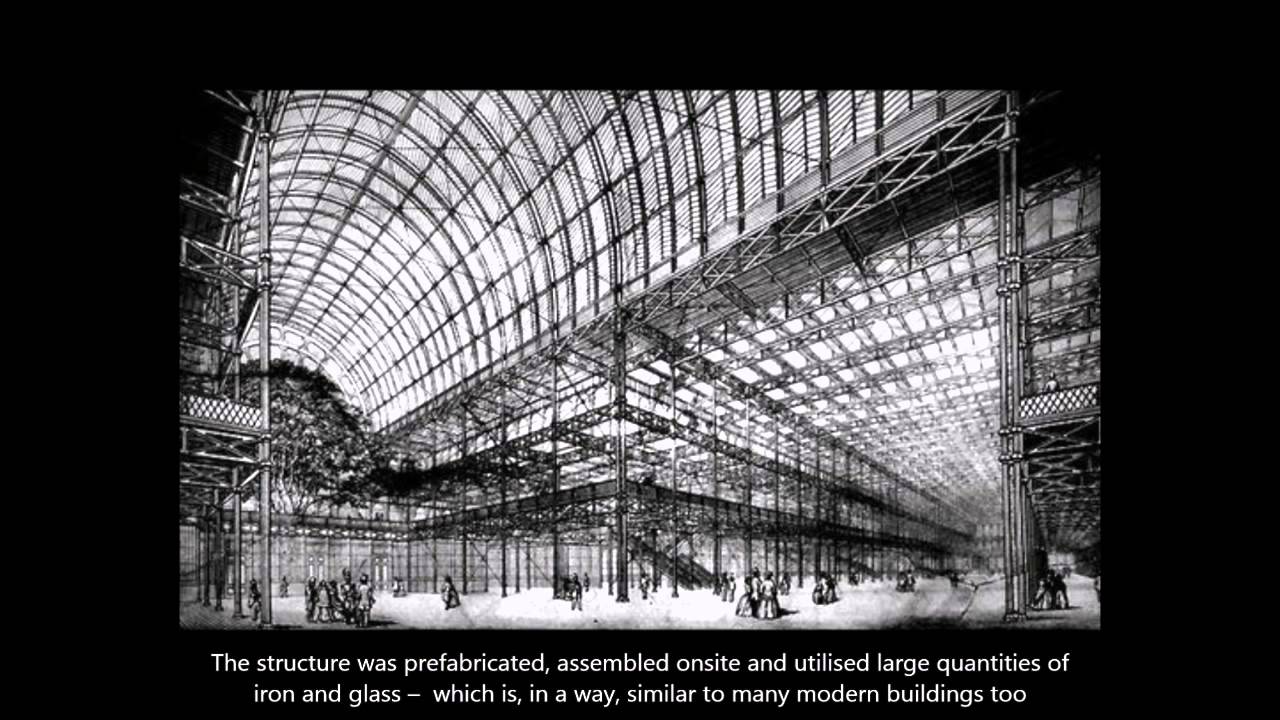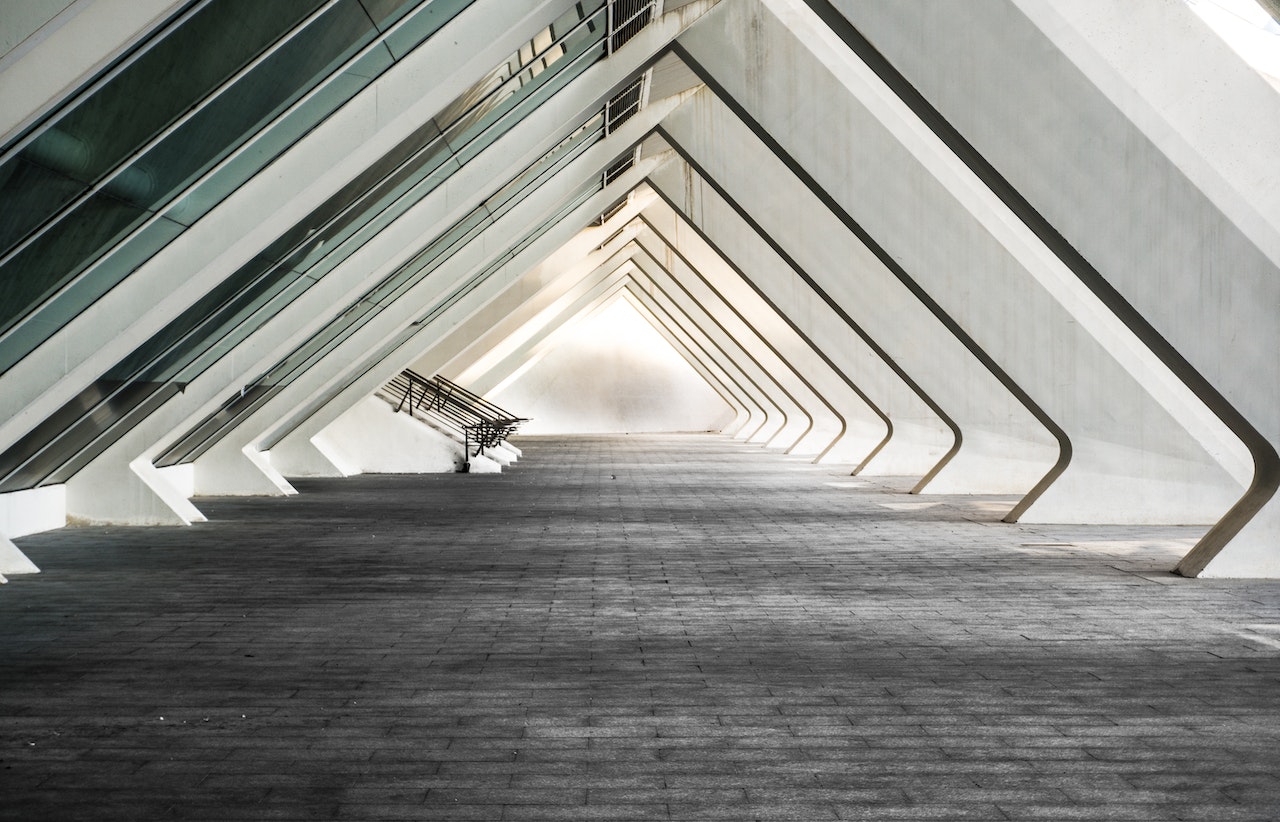The History Of Industrial Architecture - The Evolution Of Industrial Architecture
In this article, we will explore the evolution of industrial architecture over time, and how it has impacted the way we live and work today.
Author:George EvansMar 18, 2025506 Shares126.5K Views

Industrial architecture refers to the design and construction of buildings used for industrial purposes, such as factories, warehouses, and power plants.
The history of industrial architecturespans several centuries, from the Industrial Revolution to the modern day. In this article, we will explore the evolution of industrial architecture over time, and how it has impacted the way we live and work today.
The history of industrial architecture can be traced back to the Industrial Revolution of the late 18th and early 19th centuries.
This was a period of rapid technological development that saw the emergence of new manufacturing processes and the use of machines to increase productivity. As a result, the construction of buildings designed for industrial purposes became a crucial part of this revolution.
The History Of Industrial Architecture
The first industrial buildings were often simple structures, such as warehouses and mills, that were designed to accommodate the new machines and processes of the time.
As technology developed and the need for more specialized buildings increased, industrial architecture became more complex and sophisticated.
The design of industrial buildings was heavily influenced by the materials and technologies available at the time. For example, the widespread use of cast iron in construction during the 19th century led to the development of new building forms and designs.
The use of steel in construction further advanced the design of industrial buildings, as it allowed for the creation of larger and more complex structures.
One of the most notable examples of early industrial architecture is the Crystal Palace, which was built for the Great Exhibition of 1851 in London. The building was designed by Joseph Paxton, and it was constructed using cast iron and glass.
It was one of the first buildings to use large amounts of glass in its construction, and it is still considered an important landmark in the history of industrial architecture.
The late 19th and early 20th centuries saw the emergence of modern industrial architecture, which was characterized by a focus on efficiency, functionality, and standardization.
Architects and designers sought to create buildings that were more streamlined and efficient, with a focus on the needs of the workers and the processes that they were involved in.
The Industrial Revolution And The Birth Of Industrial Architecture
The Industrial Revolution was a period of rapid industrialization that began in the 18th century in Britain and quickly spread to other parts of the world.
The new manufacturing processes and technologies required new types of buildings to house them, and this led to the birth of industrial architecture.
One of the most significant developments during the Industrial Revolution was the steam engine.
This invention made it possible to power machines and equipment, and it also required specialized buildings to house boilers and engines.
These buildings needed to be designed to handle the heat and pressure generated by the engines, and they had to be located close to sources of fuel and water.
As the Industrial Revolution continued, new types of factories and mills were constructed to house different manufacturing processes.
Textile mills, for example, required large open spaces to house the looms and spinning machines, and they also needed natural light for the workers.
Iron foundries and steel mills required high ceilings and massive cranes to handle the heavy equipment and raw materials.
The Rise Of Modern Industrial Architecture
The early 20th century saw the rise of modern industrial architecture, which was characterized by a focus on efficiency, functionality, and standardized designs.
The principles of modernism were applied to industrial architecture, with an emphasis on clean lines, simple forms, and the use of new materials like steel and concrete.
One of the most famous examples of modern industrial architecture is the Ford River Rouge Complex, which was designed by architect Albert Kahn and built between 1917 and 1928.
The complex was the largest industrial facility in the world at the time, and it featured a series of buildings designed to house every stage of the automobile manufacturing process, from raw materials to finished cars.
The post-World War II era saw a further evolution of industrial architecture, as new materials and technologies became available.
The introduction of new materials like fiberglass and plastics made it possible to design buildings with new shapes and forms, and the use of computer-aided design (CAD) allowed architects to create more complex and precise designs.
One of the most famous examples of modern industrial architecture is the Guggenheim Museum Bilbao, which was designed by architect Frank Gehry and completed in 1997.
The museum's design features a series of curved forms and sweeping lines, which are meant to reflect the industrial heritage of the city and the surrounding landscape.

Industrial Revolution Architecture
The Future Of Industrial Architecture
As we move into the 21st century, the future of industrial architecture is likely to be shaped by new technologies and changing environmental concerns.
The growing demand for sustainable and eco-friendly buildings is likely to have a significant impact on industrial architecture, as new materials and construction methods are developed to reduce energy consumption and carbon emissions.
In addition, the growing use of automation and robotics in industrial processes is likely to lead to the development of new types of industrial buildings.
These buildings may be designed to house autonomous robots and drones, and they may be located in remote areas to take advantage of renewable energy sources like solar and wind power.
People Also Ask
What Is The Industrial Revolution, And How Did It Influence The Development Of Industrial Architecture?
The Industrial Revolution was a period of rapid technological development in the late 18th and early 19th centuries. It led to the emergence of new manufacturing processes and the use of machines to increase productivity, which in turn created a need for buildings designed for industrial purposes.
Who Is Albert Kahn, And What Is His Contribution To Modern Industrial Architecture?
Albert Kahn is often referred to as the "father of modern industrial architecture." His designs were characterized by large open spaces, natural lighting, and a focus on worker comfort and safety. His work helped to establish many of the principles that are still used in industrial architecture today.
What Are Some Of The New Materials And Technologies That Have Influenced The Development Of Industrial Architecture In Recent Years?
The introduction of new materials like fiberglass and plastics has allowed architects to create buildings with new shapes and forms, while the use of computer-aided design (CAD) has allowed for more complex and precise designs.
What Is The Guggenheim Museum Bilbao, And How Does It Reflect The History Of An Industrial Architecture?
The Guggenheim Museum Bilbao is a modern industrial building designed by architect Frank Gehry and completed in 1997. Its design features a series of curved forms and sweeping lines, which are meant to reflect the industrial heritage of the city and the surrounding landscape.
Conclusion
The history of industrial architecture is a fascinating journey through the evolution of human industry and technology.
From the steam engines of the Industrial Revolution to the modern designs of the 21st century, industrial architecture has played a crucial role in shaping the way we live and work.
As we continue to develop new technologies and respond to changing environmental concerns, the future of industrial architecture

George Evans
Author
George Anderson, an exceptional architectural designer, envisions and brings to life structures that transcend the realm of imagination. With an unwavering passion for design and an innate eye for detail, George seamlessly blends form and function, creating immersive spaces that inspire awe.
Driven by a deep appreciation for the interplay of space, light, and materials, George's innovative approach redefines the possibilities of architectural design. His visionary compositions leave an indelible mark, evoking a sense of wonder and transforming the built environment.
George Anderson's transformative designs and unwavering dedication continue to shape the architectural landscape, pushing the boundaries of what is possible and inspiring generations to come.
Latest Articles
Popular Articles
